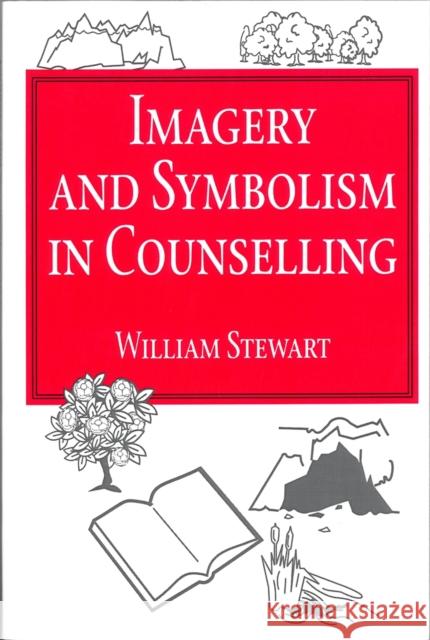Imagery and Symbolism in Counselling » książka
Imagery and Symbolism in Counselling
ISBN-13: 9781853023507 / Angielski / Miękka / 1995 / 350 str.
'The author relies heavily on case studies and these are evocative and illustrate the successful use of the work of imagery and symbolism. Jungian interpretations and concepts are used throughout, but the approach is original. Once they are familiar with the author's terminology and methods, readers should find a great deal of value here to apply in their own practice.' - Changes: An International Journal of Psychology and Psychotherapy 'Imagery and Symbolism in Counselling is an extremely comprehensive and well written book, which can be read in isolation or in conjunction with the companion volume, Dictionary of Images and Symbols in Counselling, by the same author. With the many illustrative personal case studies, the working model provided by William Stewart is clearly explained as well as being introduced carefully. Part Two is written with absolute clarity and creativity. The issues covered in this part of the book are taken from the work of clients with the author and truly reflect many different aspects of counselling. The book is beautifully written overall... a major contribution... I recommend this book to all. It offers so much.' - Janice Clarke RMN, R Dth, Dip Couns 'The author relies heavily on case studies and these are evocative and illustrate the successful use of the work with imagery and symbolism.' - Changes: An International Journal of Psychology and Psychotherapy 'Clients are allowed to give their own account of their journey through imagery and the counselling process juxtaposed with the author's account of his experiences and insights in working with them. This material shed the most valuable light on the effectiveness of imagery and symbolism in counselling and makes the book well worth reading.' - The Arts in Psychotherapy This dictionary analyses and explains numerous symbols and images, with an emphasis on their use in counselling. Many are developed by the addition of possible psychological interpretations. The subjects in the dictionary all have some relevance to symbols and symbolic language. Some of the subjects refer to sayings in everyday use, and all of them have an imagery content. Overall, the book is intended to help the reader understand the vast wealth of symbols and symbolic language. Indexes and contents lists drawing out schematic structures of the symbols - nature, animal, human, man made, religious, mythological, abstract or individual - make for easier reference.











